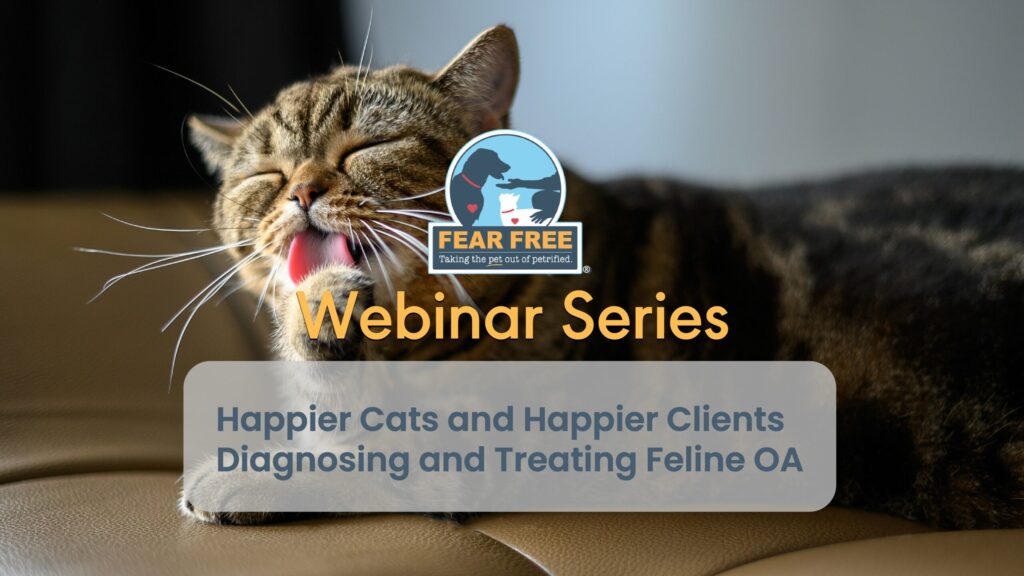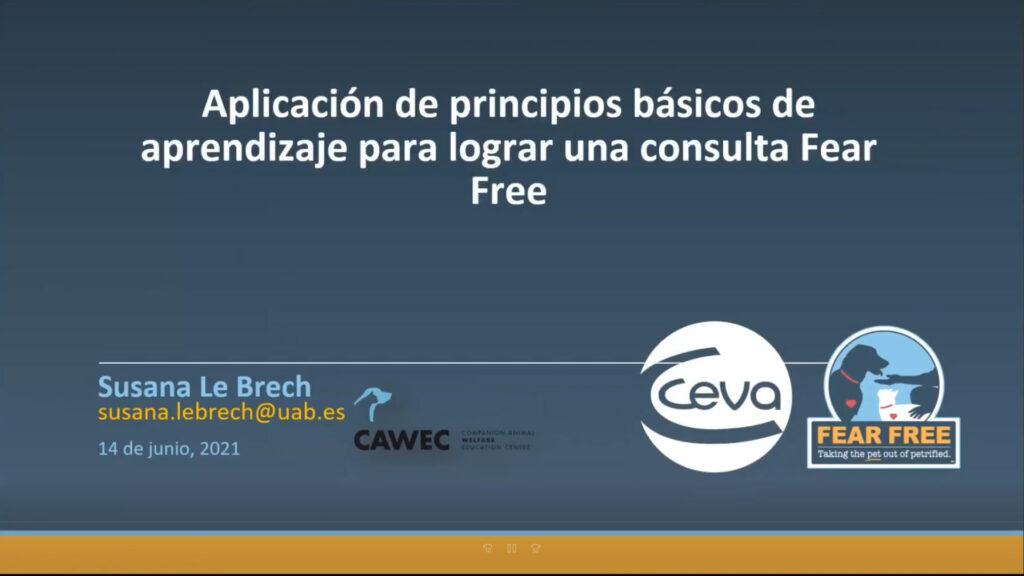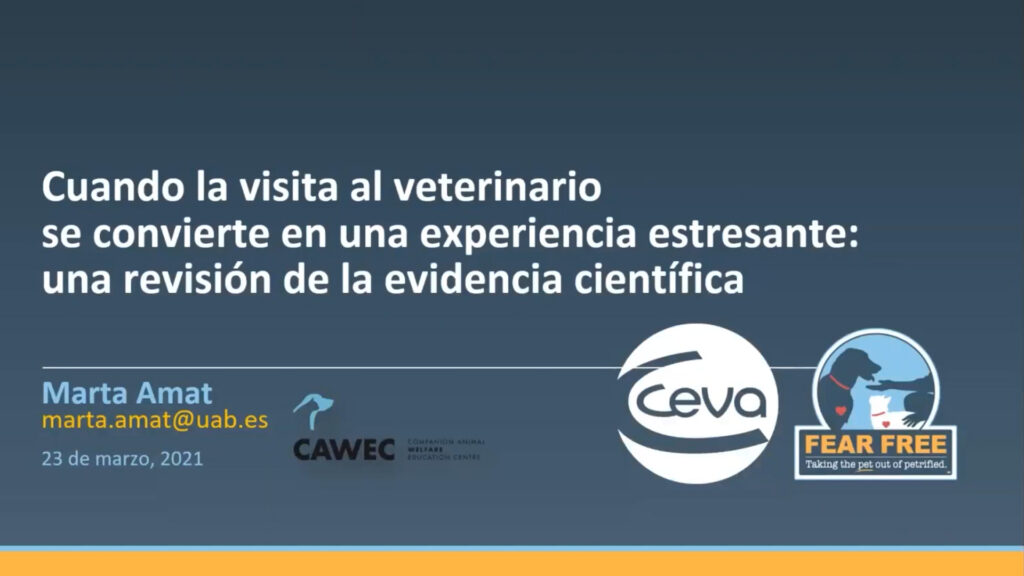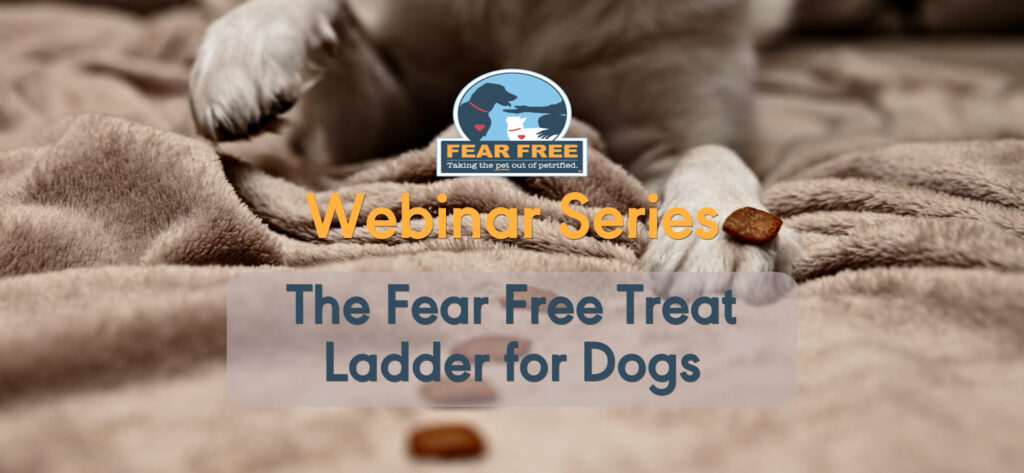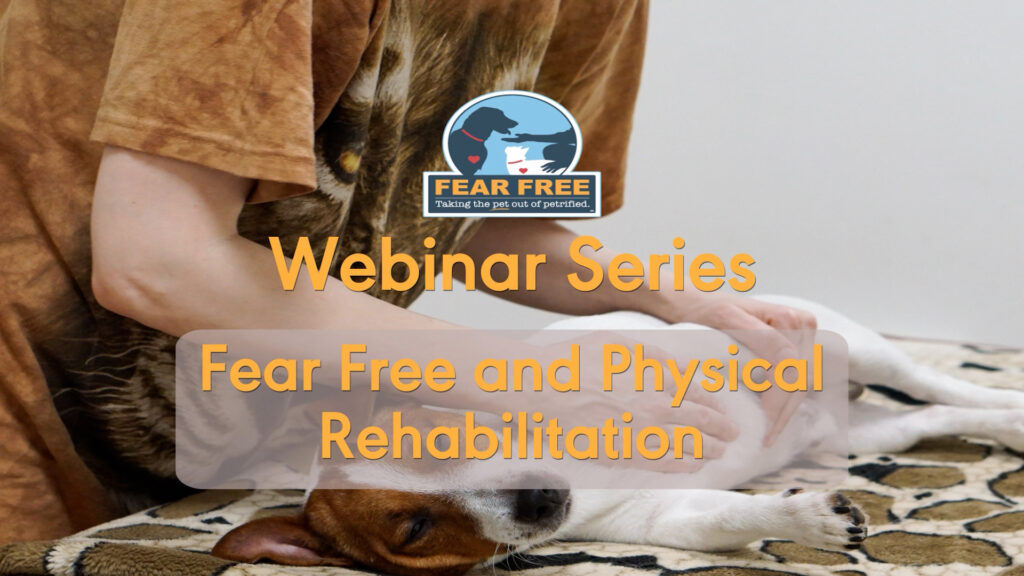Course Overview
This course is dedicated to helping animal care professionals learn and practice skills to promote a more positive personal welfare. Throughout this course, you will learn how to care for yourself—and the humans around you—to create an environment and a lifestyle that is Fear Free for people as well as for pets! Through thought-provoking material, tips, and engaging content, you’ll learn healthier habits by challenging old ways of thinking and learning how to better protect human emotional welfare just as we do for animals!
This course contains 6 lessons:
- Lesson 1: Intersections of Perfectionism & Veterinary Medicine
- Lesson 2: The Role of Vulnerability in Professional Life
- Lesson 3: The Practice of Generous Assumptions
- Lesson 4: The Practice of Clear Expectations & Communication
- Lesson 5: Healthful Communication With Teams & Clients
- Lesson 6: Tips for Emotionally Intelligent Professional Self-Care
This course was written by Monique Feyrecilde, BA, LVT, VTS (Behavior) and is approved for 1 hour of RACE CE.
